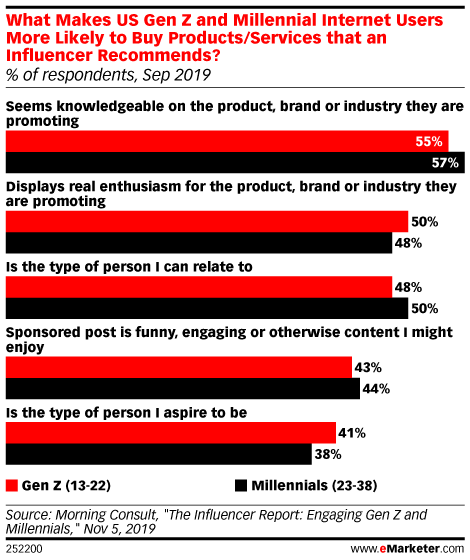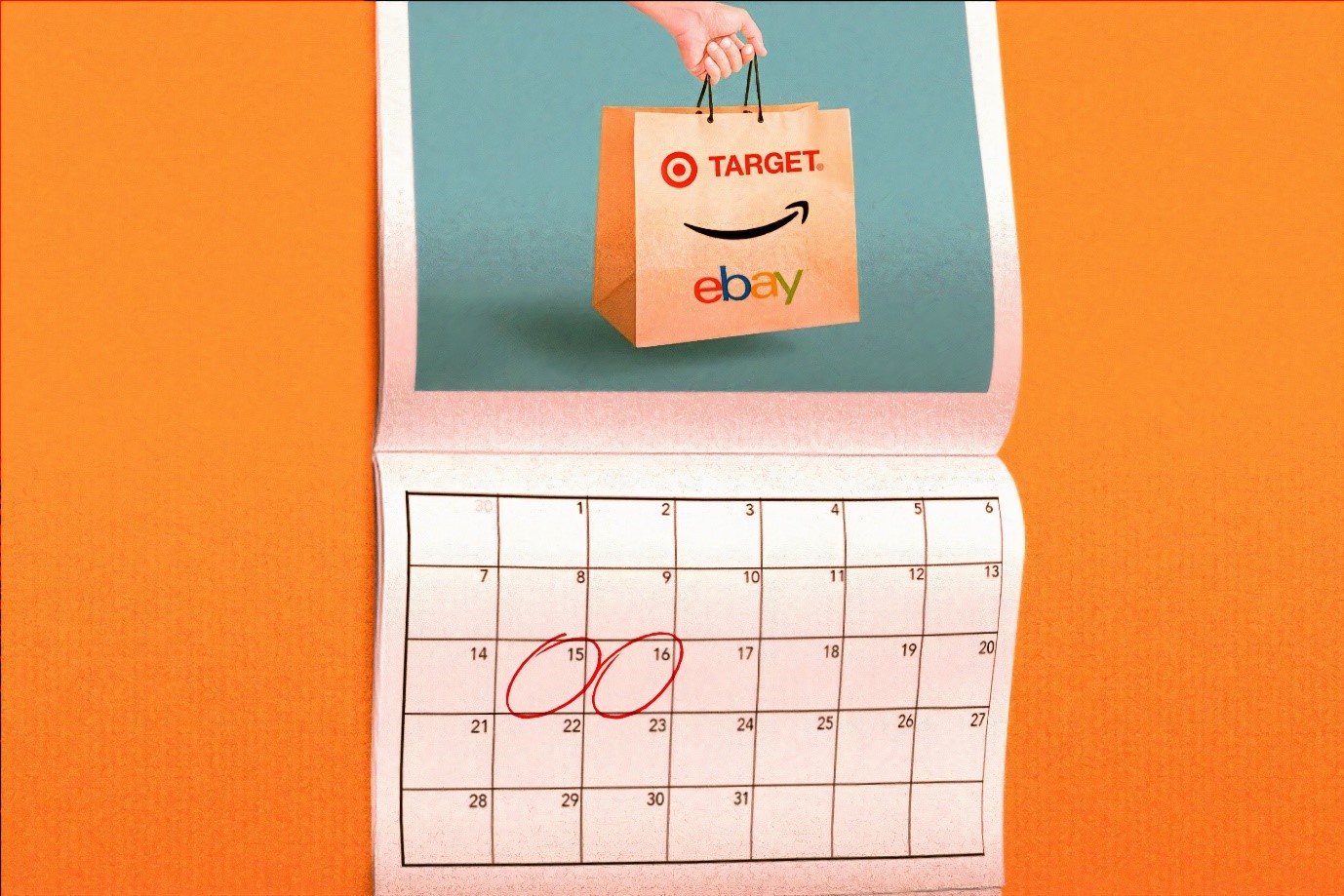How to launch a new product in 7 simple steps

Product launches are make-or-break for many online retailers. They’re the optimal time to raise brand awareness, create hype, and get your product line out there. Have you included these seven steps in your product launch checklist to ensure you launch your new product successfully?
You and your team spend weeks or even months planning for the big day, focusing on even the smallest details. In juggling all the tasks it’s easy to miss something critical in your product launch strategy.
To make preparations a little simpler, we’ve compiled a product launch checklist to ensure you don’t forget these critical steps. Do you have the answers to these seven questions?
1. What are your goals for the launch?
As the old saying goes: “By failing to prepare, you are preparing to fail.” When it comes to product launch planning, you need to establish your expectations ahead of other preparations. This task needs to be number one on your product launch checklist.
Create specific, targeted measures around all parts of your collection release: influencer collaborations, customer outreach, sales, order fulfillments, etc. Most importantly, make sure these goals are SMART – specific, measurable, attainable, relevant, and time-bound.
Keeping these goals in mind throughout the preparation process ensures you have a clear understanding of where you’re headed and what steps you’re lacking to creating a sublime customer experience.
Remember, product launches are an important way for your online business to build credibility and generate sales. As such, it’s vital you leave as little as possible to chance.

2. What's your communication strategy?
Promotion is a critical part of any product launch or collection release. You’ve obviously got to build buzz among potential customers. But how do you plan to spread the word to your target audience?
Like many retailers, you might be investing your energy into email marketing. And that’s one of your best promotional bets!
Email marketing is 40 times more effective at acquiring new customers than major social media platforms. In fact, 72% of shoppers prefer to receive promotional content through email, compared to 17% on social media.
But effective email marketing is about more than just tailoring the perfect message and getting shoppers to your site (although that’s also important). It’s about ensuring your site infrastructure can handle more buyers if your email generates sudden interest. Do you have the right support in place for that?
RELATED: 23 Best Practices to Send Effective Ecommerce Email Newsletters
3. What are your influencers up to?
For many online retailers, traditional modes of advertisement are becoming less effective in attracting new customers to their websites. And with shoppers being exposed to up to 10,000 ads a day, no wonder they’re tuning them out!
As a result, many online retailers are turning to influencers. And with good reason.
Influencer marketing is effective because it uses strong psychological tools like social proof and word-of-mouth marketing, which 74% of shoppers see as a key factor in their buying decisions.
Influencers can also drive customers to websites in a moment’s notice. That was the case with LiveGlam’s numerous influencer collection releases. Easho also found that to be the case when they teamed up with Mrs Hinch. The influencer’s Instagram story brought 1,500 visitors to Easho’s site within minutes of the story being posted, and over 54,000 shoppers throughout the four-hour duration of the sale. Luckily, Easho was prepared for these surges.
As an ecommerce business, what should you do in the run-up to your product launches? Coordinate influencer activity with your marketing team to develop campaign messaging that is in line with your brand guidelines. It all comes down to communication: stay in constant contact with influencers about your expectations for your launch’s promotion.
RELATED: Your Influencer Marketing Strategy for Product Launches in 6 Simple Steps

4. Is your customer service prepared for your event?
Your employees are your best, (not so) secret asset in your preparations for product launches. Take an “all hands-on deck” approach to your team before your product or service goes live, and before any potential chaos ensues.
Designate your customer support dream team well ahead of time. Have individuals continuously monitoring social media for any signs of dissatisfaction. Assign others to man your caller service lines.
Careful employee selection is crucial. After all, they are spokespeople for your brand and image. Above all, make sure your customer service team is empathetic and patient in order to give your shoppers the best experience possible.

5. How fast is your website?
On launch day, your customers expect your website to be fast. No ifs, ands, or buts about it.
Research has found that almost half of customers expect a website to load in 2 seconds or less, and up to 40% of website visitors will abandon a website if it takes longer than 3 seconds to load. There’s little room for error.
RELATED: 91 Powerful Reasons Why Your Ecommerce Website Speed Is Important
Also, make sure you don’t overlook your mobile performance! With over half of all internet traffic shopping now happening on mobile, you might be surprised to learn mobile load time is actually worse than desktop.
In 2019, the average mobile load time was 6.8 seconds compared to 2.7 seconds for desktop. That’s double the recommended 3 second load time!
The consequences of a slow website aren’t just short-term, like lower conversion rates.
79% of shoppers who are unhappy with web performance are less likely to make repeat purchases. What’s more, almost half would tell friends and family about a poor online shopping experience. That’s why it’s crucial you put resources into optimizing your web performance before your launch date.
What can you do if your website is performing less than optimally? Compress images while maintaining the highest quality. Minimize the use of 3rd party plug-ins where possible, which can quickly become outdated. Use a content delivery network (CDN) for your static landing pages to focus your servers on your dynamic content, such as your checkout page.
6. How are you protecting your launch from bots?
We want product launches to attract attention, but sometimes that attention is unwanted. Many highly anticipated product launches and limited collection releases are targeted by bots and bad actors. These hyped releases bring in big revenue for online stores and have a high resale value on secondary markets. This is often the case with limited releases such as sneaker drops, or product launches like Kylie Cosmetics.
Bots have different methods of attack. They can hit websites with stolen card fraud, account takeovers or create fraudulent new accounts. Brute force attacks orchestrated by bots are also a common reason for website crashes. And during product launches, even mere minutes of downtime is real money your business is losing.
So, what’s an online retailer to do? The most successful businesses bring online fairness back to their releases by standing up to bad actors and investing in bot defense measures, including virtual waiting rooms.
RELATED: Everything You Need to Know About Preventing Sneaker Bots
7. How much traffic can your website handle?
Before the big (web) performance, you need a dress rehearsal. Load testing, which involves sending more and more traffic to your website in a controlled environment, is critical to helping you understand how your site will hold up when real shoppers hit.
What’s more, you need to get a sense of how your website performance is affected when customers are concentrated on specific pages. Namely your checkout payment systems and inventory pages, which are prone to traffic bottlenecks.
You can try scaling up your servers if you’re aware of how much traffic your site can support, and if you know what time shoppers are expected. But what do you do if the email campaign you just sent out brings sudden spikes of interested customers? Can you scale up quickly enough if an influencer's post draws shoppers immediately to your site?
Having a virtual waiting room in place ensures your site stays online, no matter how high the demand or how suddenly it hits your website. It’s also a powerful form of social proof and can increase the hype around your product releases.
A high traffic event most likely means you've got a lot of other things on your plate to worry about. Allow yourself to focus on the quality and content of what you're offering, without concern for how traffic spikes and increased server loads might tarnish a user experience you've worked hard to curate.
Alex Wakim

Taking the time now learning how to launch a new product is time well spent. The stakes are high for any launch.
Whether you’re releasing a new cosmetics collection, a limited-edition collectible, or collaborating with an influencer, if you can answer these 7 questions on your product launch checklist, you’re well on your way to creating a smooth and fair website experience your shoppers deserve on the big day.